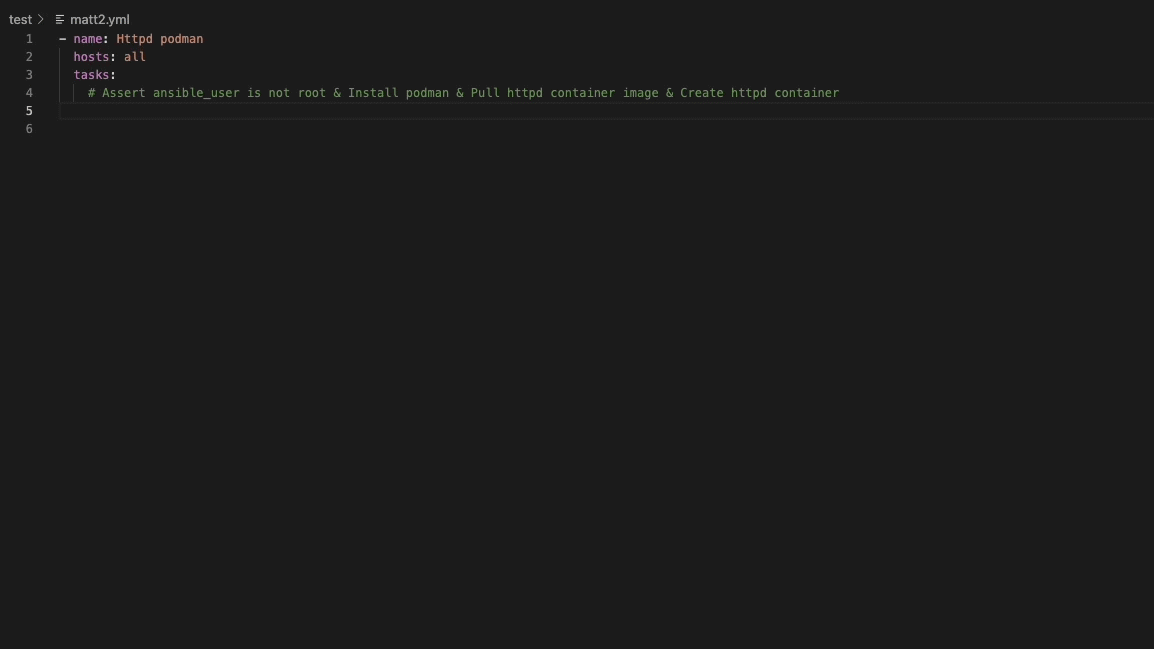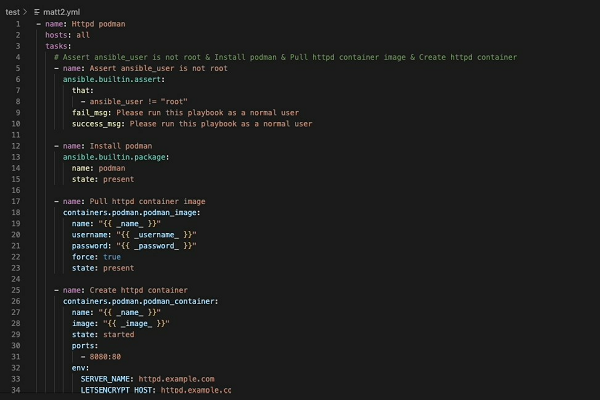IBM Launches Generative AI Coding Assistant for Enterprise Development
 IBM has unveiled a new generative AI tool for writing software called watsonx Code Assistant. The latest addition to the ‘watsonx’ portfolio for generative AI products generates code recommendations and translations from natural language text prompts like ChatGPT and other generative AI chatbots. The aim is to help developers code faster and more accurately, a familiar goal among its coding counterparts at Meta, Google, Amazon, and elsewhere, though with a stronger focus on IBM’s stable of enterprise clients.
IBM has unveiled a new generative AI tool for writing software called watsonx Code Assistant. The latest addition to the ‘watsonx’ portfolio for generative AI products generates code recommendations and translations from natural language text prompts like ChatGPT and other generative AI chatbots. The aim is to help developers code faster and more accurately, a familiar goal among its coding counterparts at Meta, Google, Amazon, and elsewhere, though with a stronger focus on IBM’s stable of enterprise clients.
watsonx Code Assistant
The watsonx Code Assistant leverages the company’s Granite foundation models and watsonx platform to inject AI into the software development process. IBM is setting up the Code Assistant for two use cases to start – IT automation and mainframe modernization. The Code Assistant works through Red Hat’s Ansible Automation Platform for IT tasks like network configuration and code. Users can get AI-generated Ansible code recommendations as a result of the integration. In customer testing, Code Assistant for Ansible achieved 85% average acceptance of its AI-generated recommendations. IBM interpreted that as a productivity gain of anywhere from 20% to 45%.
“Red Hat has already shown what domain-specific AI can do for IT automation at the community level,” said Red Hat chief product officer Ashesh Badani. “The release of watsonx Code Assistant for Red Hat Ansible Lightspeed has the potential to close skills gaps, create greater organizational efficiencies and free enterprise IT to deliver even more business value.”
For mainframe modernization, Code Assistant helps translate COBOL code to Java to accelerate legacy application updates. The COBOL translation functionality also aims to streamline typically complex modernization processes. Code Assistant discovers application dependencies, identifies modularization opportunities, and translates code automatically to accelerate transitions.
IBM said it plans to expand the assistant’s capabilities over time to assist across the full software lifecycle eventually. There’s a growing population of generative AI coding assistants for it to compete with, however, and developers are rapidly adopting their favorite AI coding assistants. Microsoft drew attention early on for the GitHub Copilot created by its subsidiary, but it has since been followed by many other big names, including Hugging Face’s Starcoder and Amazon’s CodeWhisperer, which later became part of the AWS Bedrock platform for generative AI projects. Google has a generative AI coding assistant of its own, named Codey, and has widened its availability to a web-based software coding environment called Project IDX.
“With this launch, watsonx Code Assistant joins watsonx Orchestrate and watsonx Assistant in IBM’s growing line of watsonx assistants that provide enterprises with tangible ways to implement generative AI,” IBM Software senior vice president of product management and growth Kareem Yusuf explained “Watsonx Code Assistant puts AI-assisted code development and application modernization tools directly into the hands of developers – in a naturally integrated way that is designed to be non-disruptive – to help address skills gaps and increase productivity.”
Follow @voicebotai Follow @erichschwartz
Developers Are Quickly Adopting Generative AI Tools, Especially GitHub Copilot [Chart]
Google’s New Project IDX Brings Generative AI to Web-Based Software Coding
IBM Embeds Meta’s Llama 2 Large Language Model in New Watsonx Generative AI Platform









